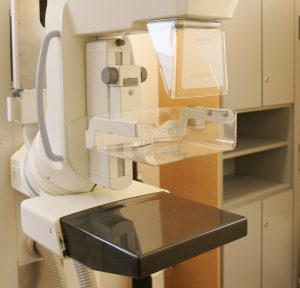(Family Features) If you love to entertain and want to support a good cause, now you can do both at the same time.
Currently, in its 16th year, Cook for the Cure is a program that gives those with a passion for cooking a way to support the fight against breast cancer. Through culinary-based fundraising, events, auctions and the sale of select products, the partnership between KitchenAid and Susan G. Komen for the Cure(r) has raised more than $10.7 million for the cause.
“It adds another layer of purpose to one of life’s great pleasures, cooking and enjoying food with family and friends,” said Beth Robinson, senior manager of brand experience for KitchenAid. “The program continues to fuel passionate cooks with simple, creative ways to support a meaningful cause.”
You can make a difference by hosting a party that lets you Cook for the Cure by raising awareness and funds for breast cancer research. Here are some ideas to get you started:
* Organize a fundraising bake sale. Get the neighbors involved in baking, promoting and selling – it’s a great way to bring people together. Your contribution could be these Lemon Berry Cheesecake Bars.
* Host a potluck brainstorming party. Invite people who share your passion for helping others to bring their favorite dish and think up creative ways to support the cause as a group. Vote on a project then let everyone pitch in to get started. Cooking good food, sharing time with friends and giving back to the community – that’s a recipe for a truly great party.
* Share on social media. Sharing baked goods with friends is a pleasure.
Lemon Berry Cheesecake Bars
Recipe courtesy of Lindsay Conchar of Life, Love & Sugar
Makes: 12-16 bars
1 1/2 cups graham cracker crumbs
5 tablespoons butter, melted
16 ounces cream cheese, at room temperature
1 1/2 cups powdered sugar, divided
3 tablespoons lemon juice
1 tablespoon lemon zest
1 1/4 cups heavy whipping cream, divided
fresh berries

Line 9-inch square cake pan with parchment paper, bringing up over sides.
Combine graham cracker crumbs and butter, and stir until well combined. Press crumb mixture evenly into bottom of cake pan. Set aside.
In a bowl of stand mixer, beat cream cheese, 1 cup powdered sugar, lemon juice and lemon zest until smooth. In a separate bowl, whip heavy whipping cream until it starts to thicken. Add remaining powdered sugar and continue to whip until stiff peaks form. Gently fold half the whipped cream into cheesecake mixture and place remainder in the refrigerator to use later. Spread cheesecake mixture evenly in cake pan.
Refrigerate cheesecake at least 4 hours, or until firm.
Use parchment paper on sides to lift bars out of pan then cut into squares. Use remaining whipped cream to top cheesecake bars then add fresh berries, as desired. Refrigerate until ready to serve.
Photo courtesy of Chris Scheuer of The Cafe Sucre Farine (cupcake)
#13792
Source: KitchenAid



 The most common breast cancer screening test used for early detection is a mammogram, which is a low-dose x-ray of the breast that looks for changes in tissue that could indicate breast cancer. There are two types of mammograms, a screening mammogram and a diagnostic mammogram.
The most common breast cancer screening test used for early detection is a mammogram, which is a low-dose x-ray of the breast that looks for changes in tissue that could indicate breast cancer. There are two types of mammograms, a screening mammogram and a diagnostic mammogram.